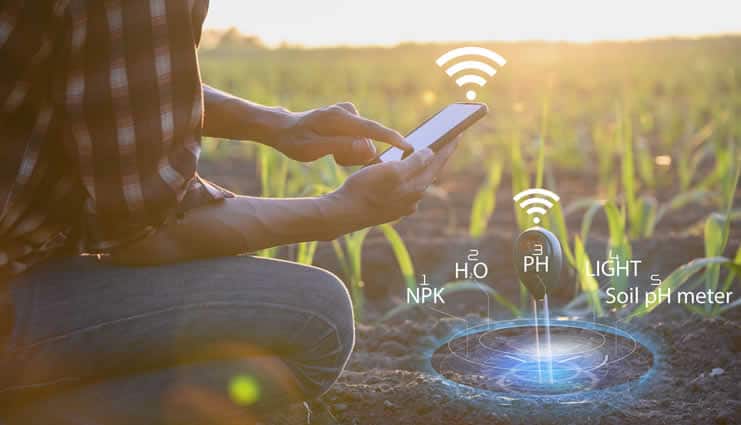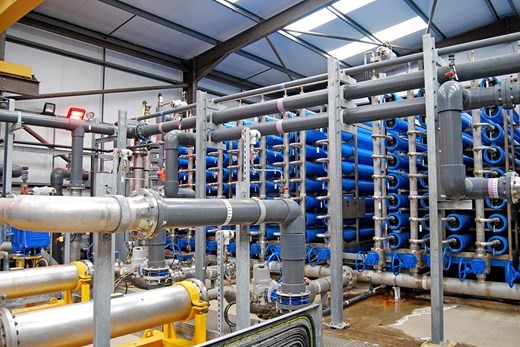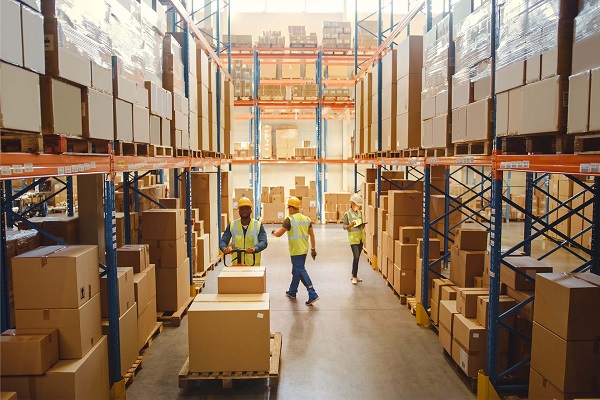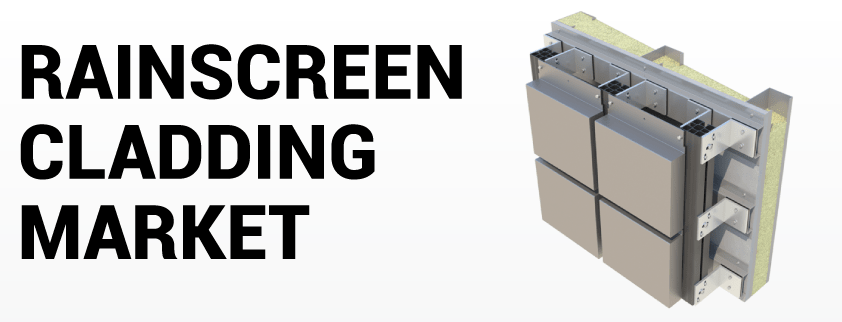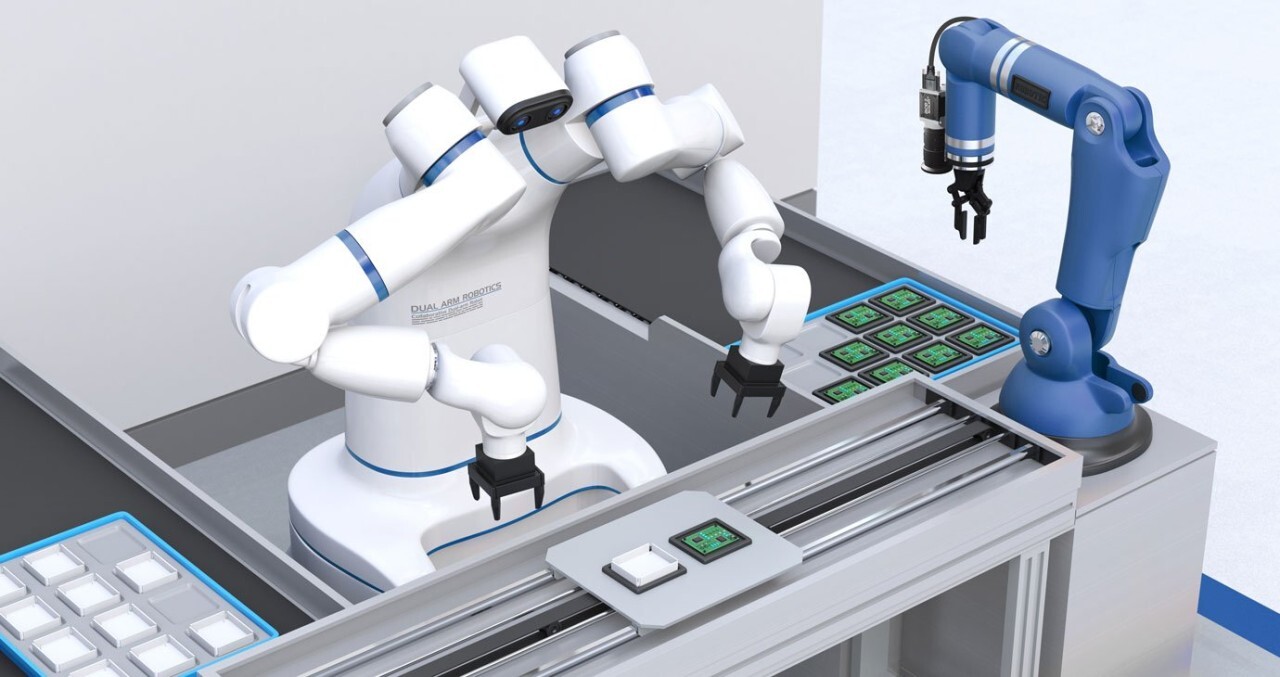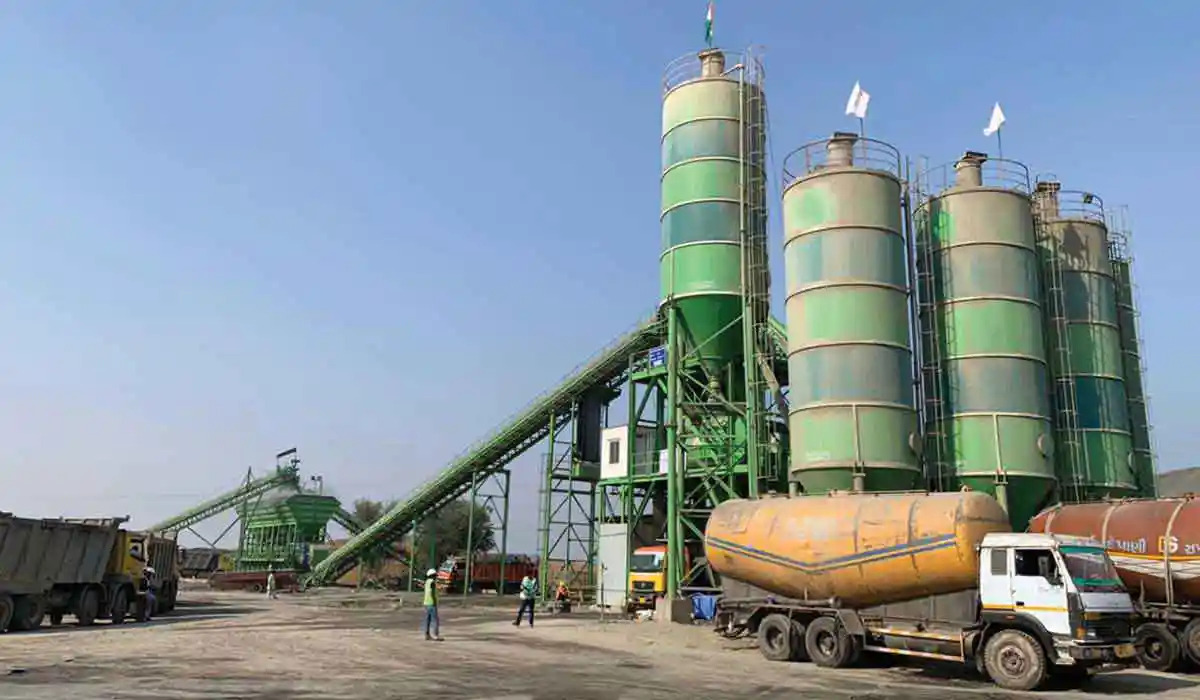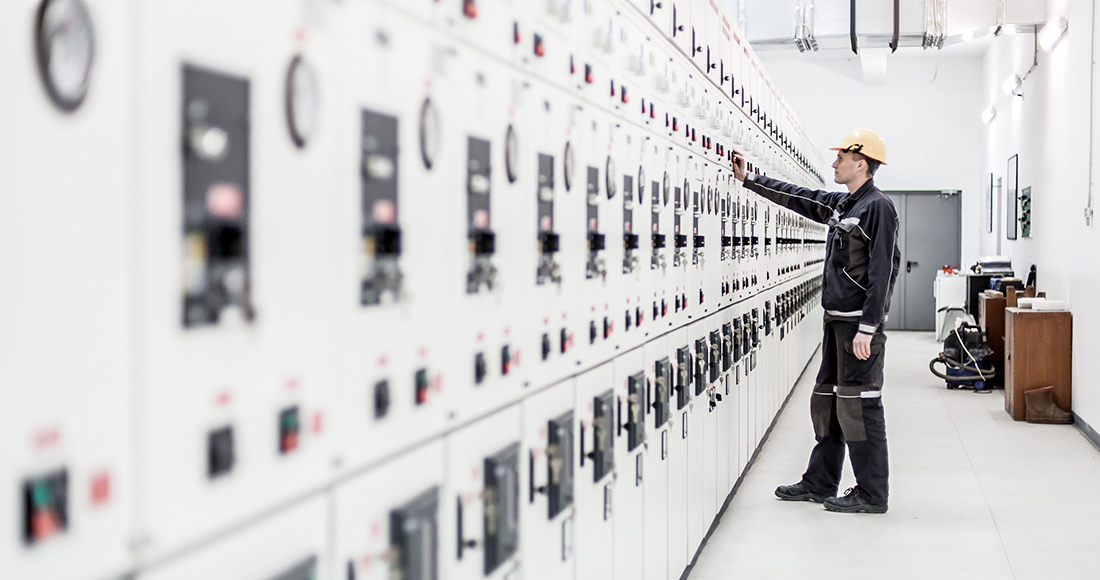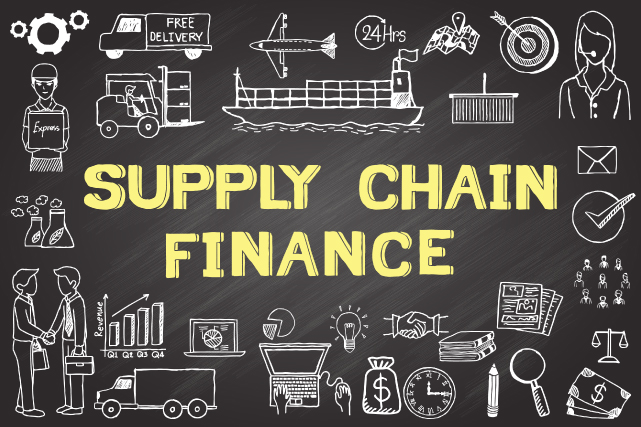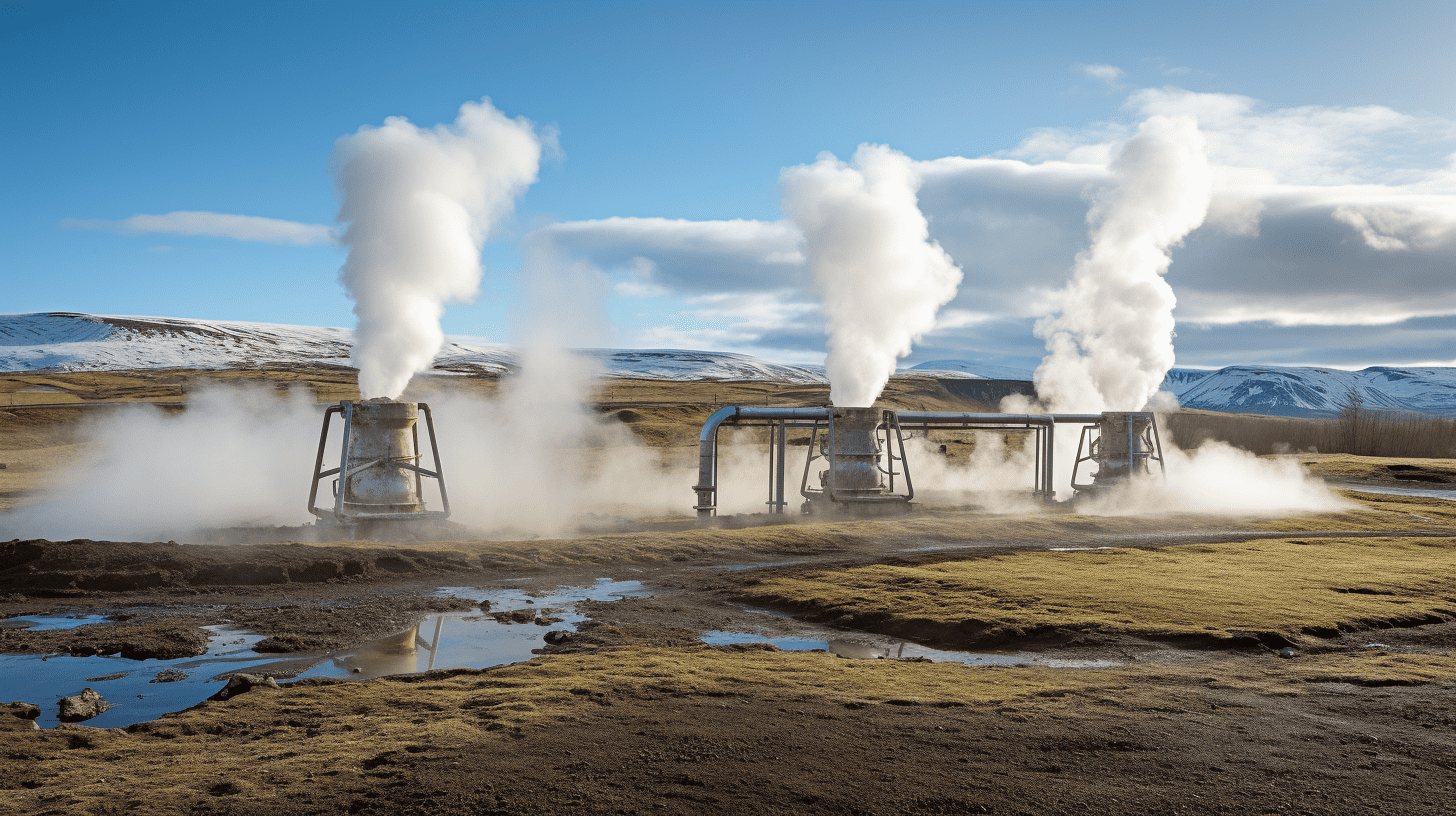Global Rainscreen Cladding market size was USD 137.72 billion in 2023 and the market is projected to touch USD 258.24 billion by 2032, at a CAGR of 7.23% during the forecast period. Rainscreen cladding is a protective coating applied to the exterior of buildings to protect them from extreme weather conditions such as rain, wind, and snow, while also improving thermal insulation and visual appeal. This market includes a wide range of materials, including metal, composite panels, fiber cement, and high-pressure laminates, to meet a variety of architectural designs and needs. The growing emphasis on sustainable construction techniques, combined with increased urbanization and infrastructure development projects worldwide, is boosting demand for rainscreen cladding solutions. Furthermore, severe construction laws and requirements for energy efficiency and safety are driving market expansion. As technology and innovation improve, manufacturers provide new materials and designs to match evolving customer preferences and environmental aims. The Global Rainscreen Cladding market is characterized by intense competition among key players striving to expand their market presence through strategic collaborations, product launches, and mergers and acquisitions. However, challenges such as fluctuating raw material prices, limited awareness about rainscreen cladding benefits, and economic uncertainties in some regions pose significant obstacles to market growth.
Global Rainscreen Cladding report scope and segmentation.
| Report Attribute | Details |
| Base Year | 2023 |
| Forecast Years | 2024 – 2032 |
| Estimated Market Value (2023) | USD 137.72 Billion |
| Projected Market Value (2032) | USD 258.24 Billion |
| Segments Covered | By Raw Material, By Application & By Region. |
| Forecast Units | Value (USD Million or Billion) |
| Quantitative Units | Revenue in USD million/billion and CAGR from 2024 to 2032. |
| Regions Covered | North America, Europe, Asia Pacific, Latin America, and Middle East & Africa. |
| Countries Covered | U.S., Canada, Mexico, U.K., Germany, France, Italy, Spain, China, India, Japan, South Korea, Australia, Brazil, Argentina, GCC Countries, and South Africa, among others. |
Global Rainscreen Cladding dynamics
Key factors include increased demand for energy-efficient and sustainable building solutions, which is being driven by rigorous environmental legislation and a growing awareness of the value of green construction techniques. Furthermore, increasing urbanization and infrastructure development projects throughout the world are pushing the demand for long-lasting and visually beautiful exterior wall systems, which is increasing the use of rainscreen cladding. Furthermore, technological developments and innovations in materials and building techniques improve rainscreen cladding’s performance and versatility, allowing it to adapt to changing architectural designs and consumer preferences.
In contrast, the market faces obstacles such as fluctuating raw material prices, which can effect manufacturing costs and profit margins for industry participants. Economic uncertainties in certain regions may also hinder market growth by affecting investment decisions and construction activities. Furthermore, the lack of understanding among customers and building experts about the benefits of rainscreen cladding, as well as the high initial cost when compared to typical building materials, hinder market expansion. However, efforts to educate stakeholders about the long-term benefits of rainscreen cladding, as well as government incentives and activities supporting sustainable construction, are projected to minimize these hurdles and drive market growth in the near future.
Global Rainscreen Cladding drivers
Growing Emphasis on Sustainable Construction
As concerns about environmental degradation and climate change develop, there is a greater emphasis on sustainable construction practices around the world. Rainscreen cladding helps buildings become more energy efficient by providing thermal insulation and lowering heat loss. Rainscreen systems also help to improve indoor air quality, reduce maintenance requirements, and increase the lifespan of a structure, all of which contribute to its overall sustainability. As governments globally implement stronger rules and incentives to support green construction efforts, the market for rainscreen cladding is likely to increase, driven by the need for eco-friendly and energy-efficient building solutions.
Rapid Urbanization and Infrastructure Development
The continued trend of rapid urbanization, particularly in emerging nations, is driving significant investments in infrastructure development projects such business complexes, residential structures, and public facilities. Rainscreen cladding is becoming increasingly popular because to its versatility, durability, and aesthetic appeal, making it a desirable option for modern architectural designs. Furthermore, urbanization promotes denser living areas and vertical development, both of which require efficient use of space and resources. Rainscreen cladding meets these needs by providing lightweight, customized options that maximize usable area while reducing environmental effect. As urban populations continue to grow, the demand for innovative building materials like rainscreen cladding is predicted to soar, creating attractive opportunities for market players to profit on the increasing construction sector.
Click here: https://organicmarketresearch.com/global-rainscreen-cladding-market
- Restraints:
Fluctuating Raw Material Prices
Rainscreen cladding is made from a variety of raw materials, including metals, composite panels, and fiber cement, whose prices fluctuate due to supply chain interruptions, geopolitical conflicts, and variations in demand. Fluctuating raw material prices can have a substantial impact on industry participants’ manufacturing expenses, including profit margins and pricing strategies. Furthermore, abrupt increases in raw material costs may force producers to pass on the higher costs to customers, thus restraining market demand and competitiveness.
Limited Awareness and High Initial Costs
Rainscreen cladding has multiple benefits such as increased energy efficiency, durability, and aesthetics, yet customers, architects, and builders are still unaware of its advantages. Many stakeholders may see rainscreen cladding as a more expensive investment than typical building materials, discouraging them from incorporating it into construction projects. Furthermore, the initial installation costs of rainscreen cladding systems may be greater than conventional options, creating a barrier to adoption, particularly for projects with limited budgets. Addressing these problems will need coordinated efforts to raise knowledge about the long-term benefits and cost-effectiveness of rainscreen cladding, as well as steps to lower upfront costs through incentives and financing options.
- Opportunities:
Advancements in Material Technology
Continuous advances in material science and production technology are driving breakthroughs in rainscreen cladding, resulting in the development of lighter, stronger, and more environmentally friendly materials. For example, the development of bio-based composites, recyclable metals, and nanotechnology-enhanced coatings provides prospects to improve the performance and environmental credentials of rainscreen cladding systems. By investing in R&D, industry participants may leverage on these innovations in technology to differentiate their products, boost competitiveness, and fulfil changing customer needs for greener and more lasting construction solutions.
- Segment Overview
Rainscreen cladding materials include a wide range of alternatives customized to different architectural styles and performance requirements. Fiber cement, a popular choice, is durable, fire resistant, and requires little maintenance, making it appropriate for both residential and commercial purposes. Composite materials, which combine various elements such as wood fibers and polymers, offer variety and design flexibility while retaining structural integrity. Aluminum and steel are strong, lightweight, and have contemporary characteristics, making them excellent for current architectural ideas. High-pressure laminates come in a variety of colors, textures, and finishes, adding visual character to structures while also providing weather protection. Terracotta and ceramic cladding offer natural warmth and texture to facades, increasing the aesthetic appeal of residential, commercial, and institutional structures.
Rainscreen cladding has a wide range of uses in the residential, commercial, institutional, official, and industrial sectors, meeting a variety of functional and aesthetic needs. Rainscreen cladding in residential contexts improves curb appeal, weather protection, and energy efficiency, all of which contribute to more comfortable and sustainable living spaces. Rainscreen cladding is used in commercial buildings like offices, shopping centers, and hospitality organizations to create distinctive facades, strengthen brand identification, and assure long-term resilience against weather and wear. Rainscreen cladding provides thermal insulation, acoustic performance, and design diversity to institutional buildings such as schools, hospitals, and cultural centers, creating conducive environments for learning, healing, and recreation. Official buildings, including government offices, administrative complexes, and diplomatic missions, feature rainscreen cladding for its architectural significance, durability, and low maintenance, reflecting the importance and permanence of their functions. Industrial facilities like factories, warehouses, and manufacturing plants utilize rainscreen cladding for functional purposes such as weatherproofing, thermal insulation, and fire protection, ensuring optimal performance and safety in demanding operational environments.
Global Rainscreen Cladding Overview by Region
Highly developed regions such as North America and Europe have established construction industries and strict building rules, which drives demand for high-performance rainscreen cladding systems that meet energy efficiency and environmental requirements. In North America, notably in the United States, urban redevelopment projects and commercial and residential construction investments drive market growth. Similarly, Europe’s emphasis on green construction initiatives and infrastructure renovations creates opportunity for novel rainscreen cladding materials and technologies. In Asia Pacific, rising urbanization, population growth, and infrastructure development projects in countries like China, India, and Southeast Asian nations drive market expansion. Rising disposable incomes, changing lifestyles, and heightened knowledge of environmental issues all drive demand for sophisticated and visually pleasing construction solutions, such as rainscreen cladding. Furthermore, government measures supporting sustainable construction techniques and green building certifications drive market expansion in the region. Rainscreen cladding is in high demand throughout the Middle East and Africa due to urbanization, population growth, and investment in the commercial and hotel sectors. However, regional disparities in economic situations, political stability, and regulatory regimes present hurdles to market penetration and expansion.
Global Rainscreen Cladding market competitive landscape
Major market players include Kingspan Group, Sika AG, Carea Group, Trespa International BV, and ETEX Group. These companies specialize in producing sophisticated rainscreen cladding solutions that provide greater performance, durability, and design flexibility to fulfill a wide range of customer needs and architectural specifications. Additionally, strategic relationships with architects, contractors, and developers allow market players to obtain insights into developing trends, client preferences, and project specifications, thereby improving their competitive positioning and market presence. Furthermore, prominent players frequently use mergers and acquisitions to strengthen their product portfolios, geographic reach, and technological capabilities. Apart from established players, the market also features a significant presence of regional and local manufacturers catering to specific market segments or geographical regions. These players often compete on price, product customization, and customer service to differentiate themselves in the highly competitive landscape.
Global Rainscreen Cladding Recent Developments
- In April 2022, Kingspan Insulation plc unveiled plans for an expansion of its operations located at 200 Kingspan Way in Frederick County. Under the auspices of Governor Glenn Youngkin, Kingspan Insulation LLC, a division of the Kingspan Group renowned for its cutting-edge building solutions and advanced insulation products, disclosed intentions to add USD 27.0 million into the initiative.
Contact Us:
Mob : +91 9319642100
Noida One Tower Sec 62 Noida 201301
Sales : sales@organicmarketresearch.com
Website : https://www.organicmarketresearch.com

